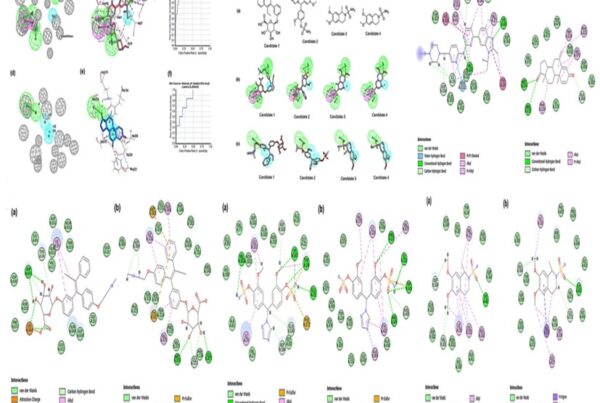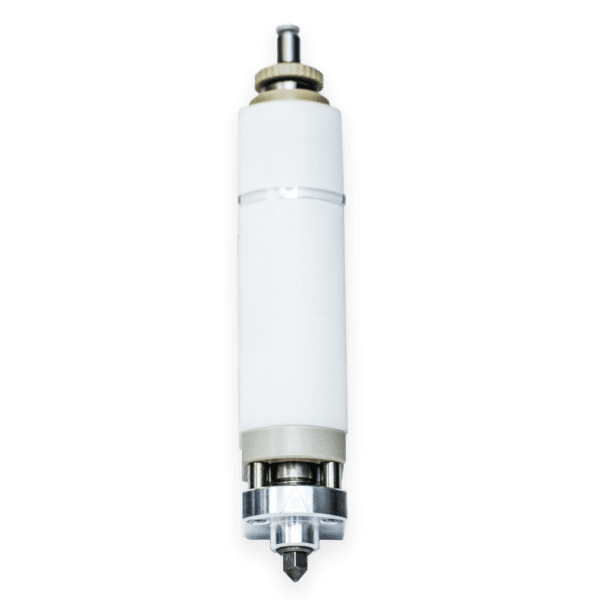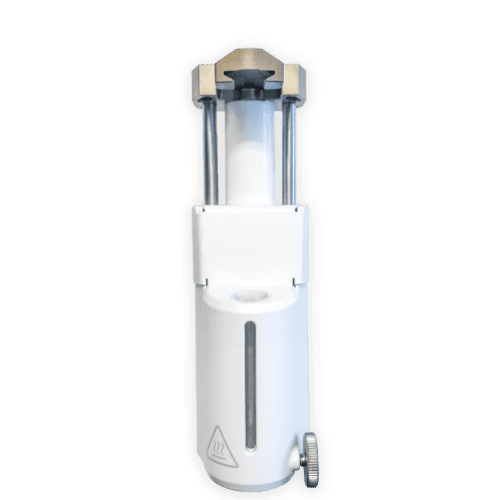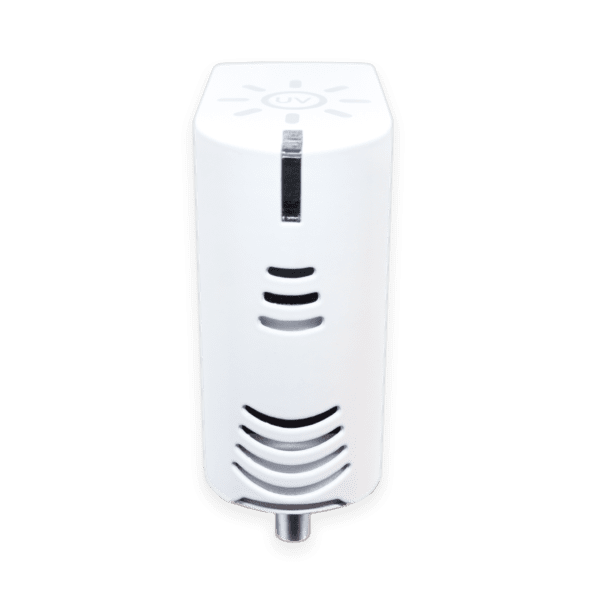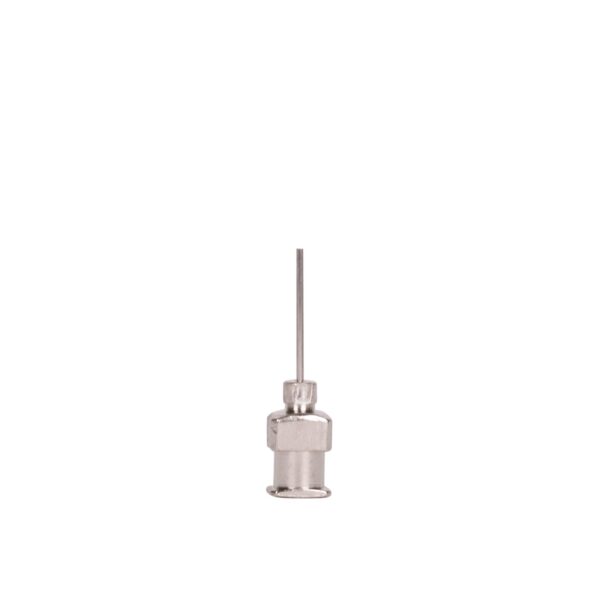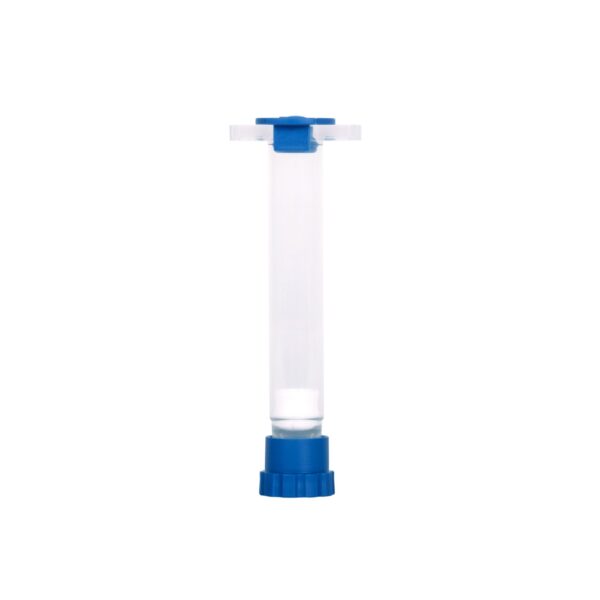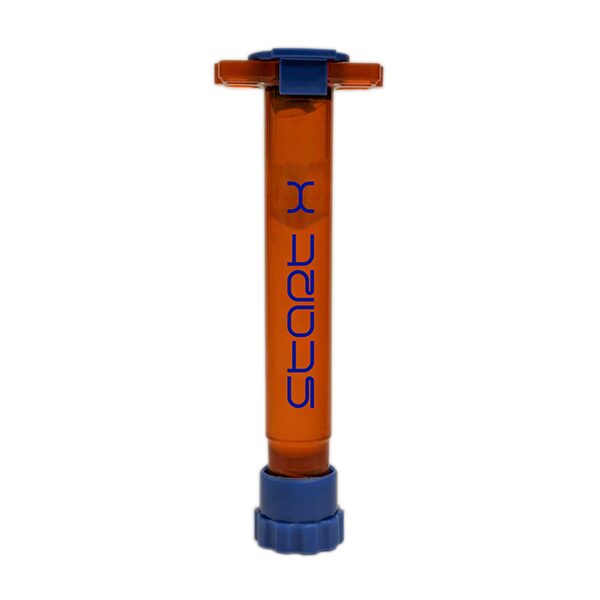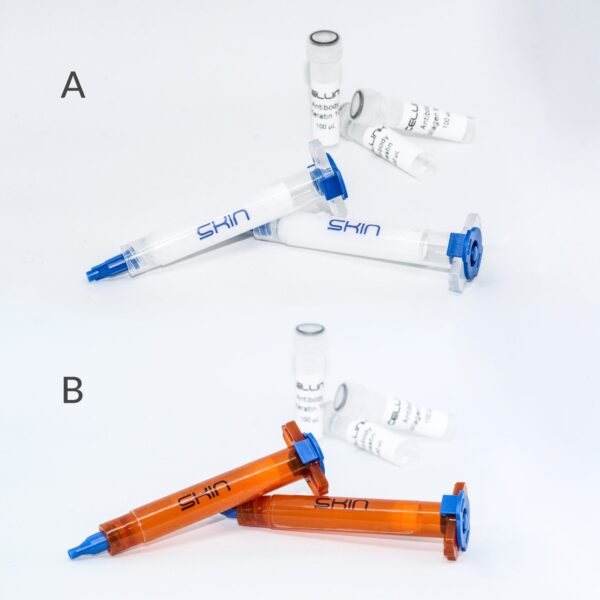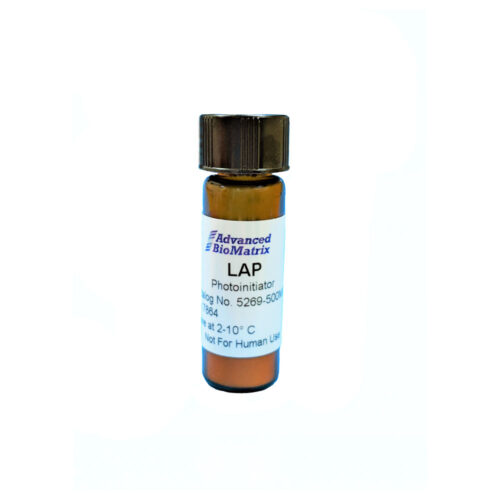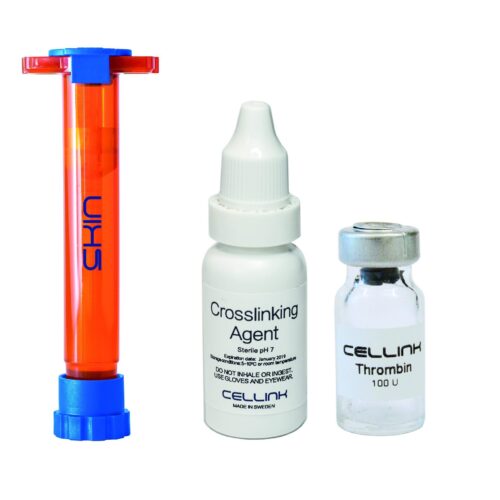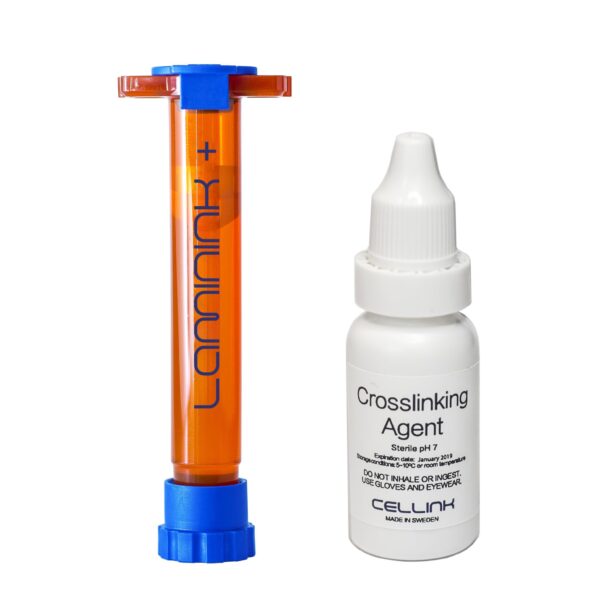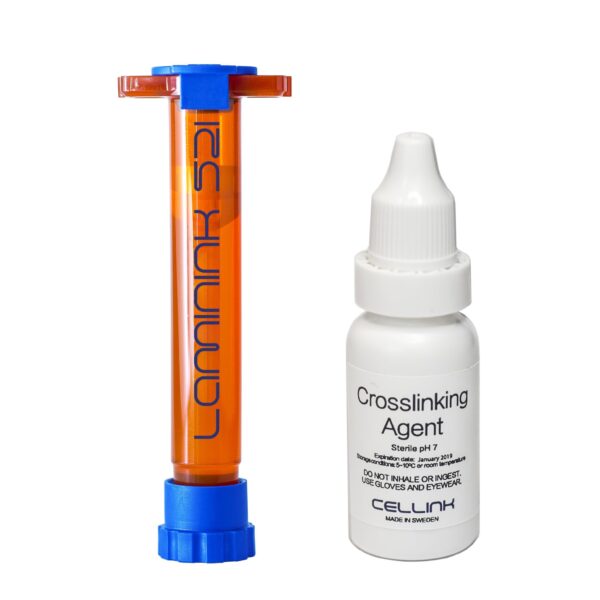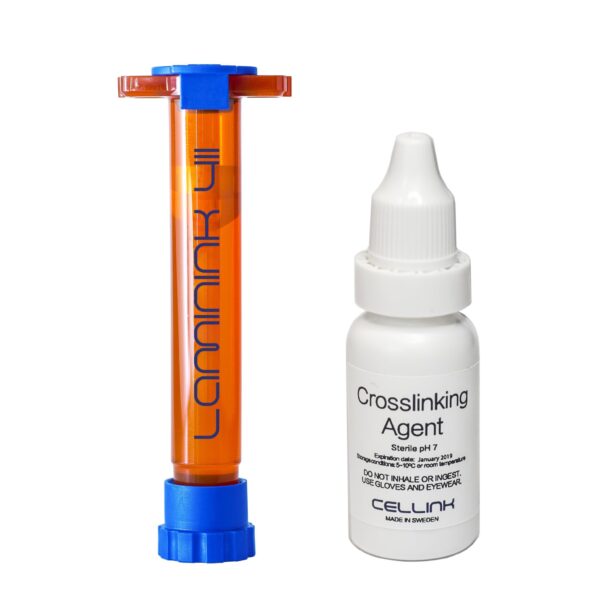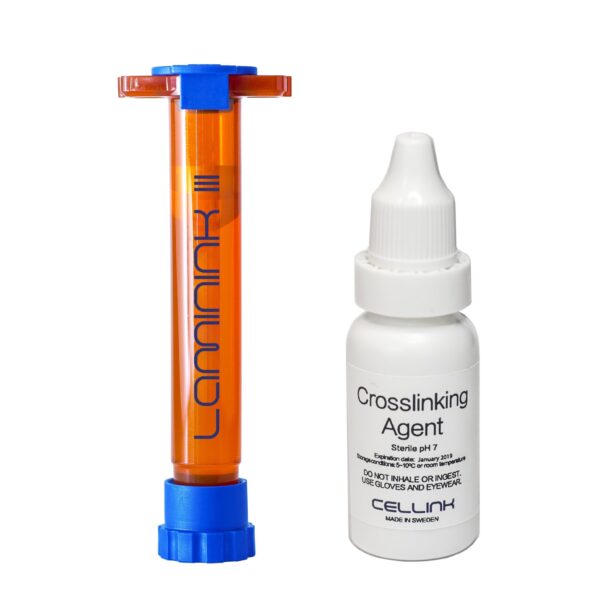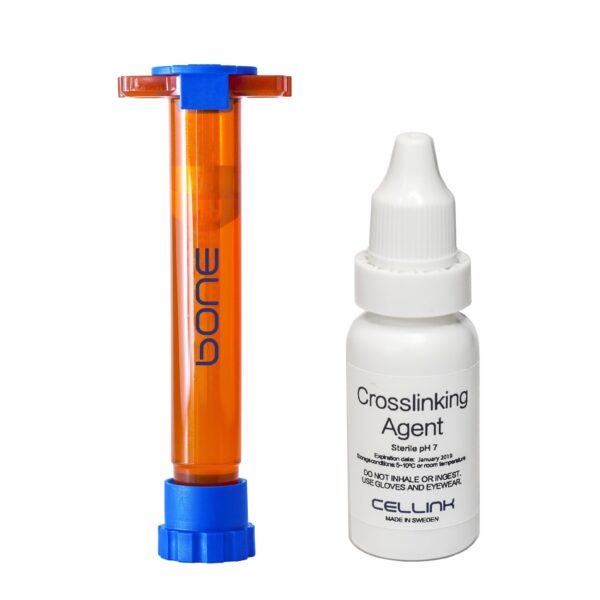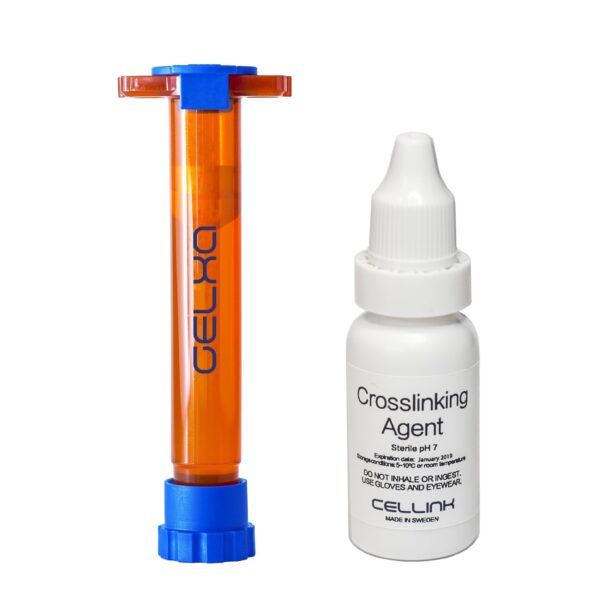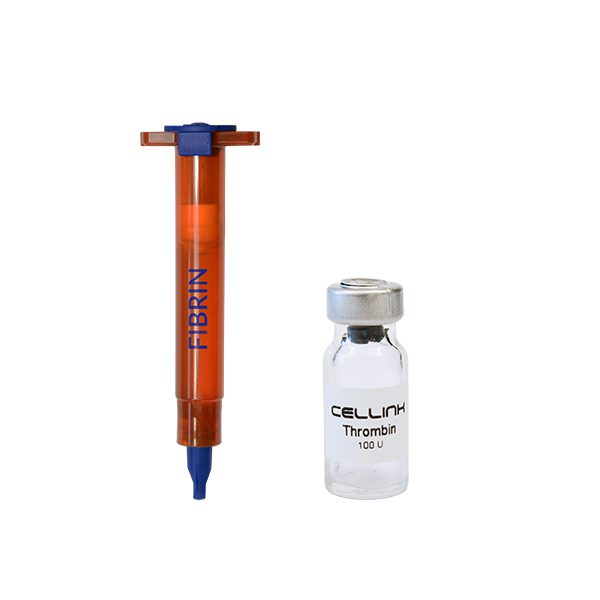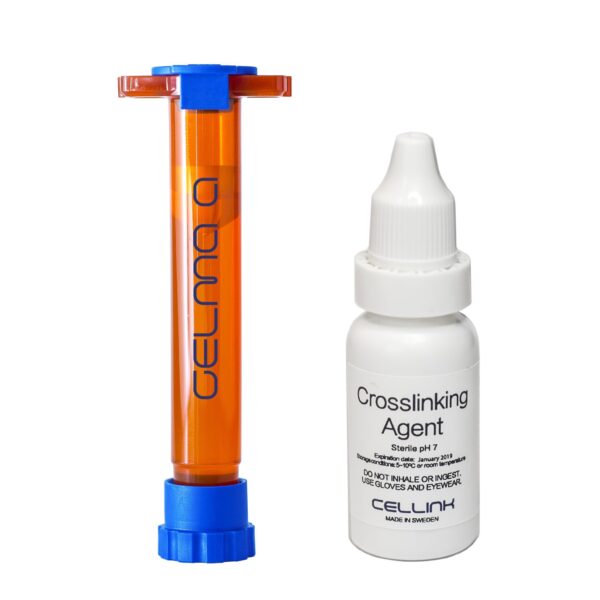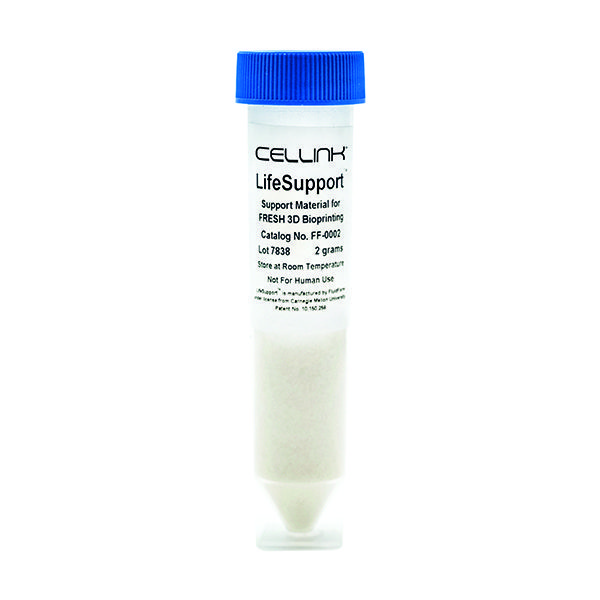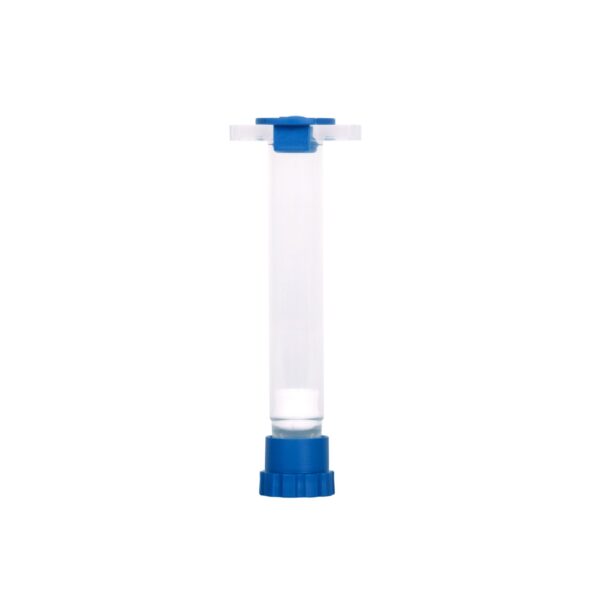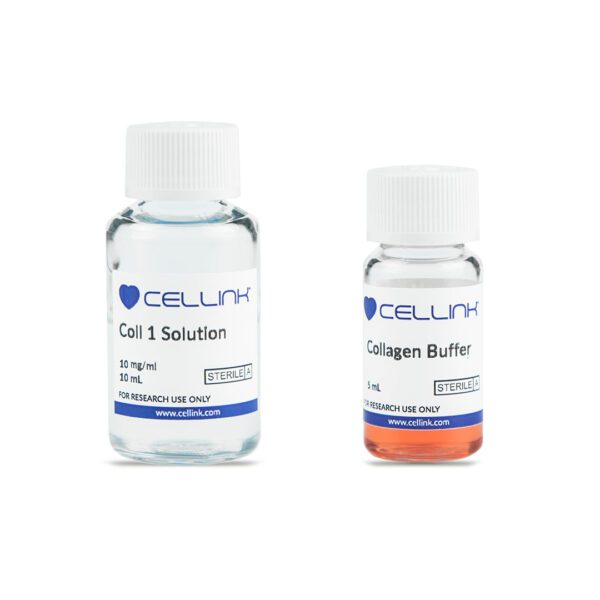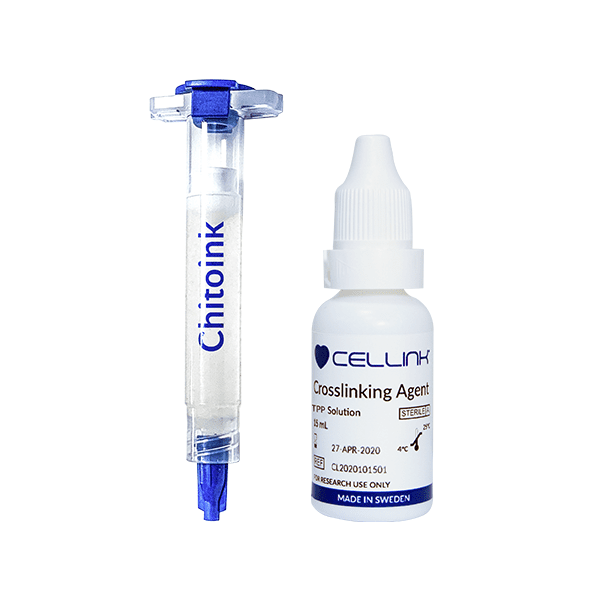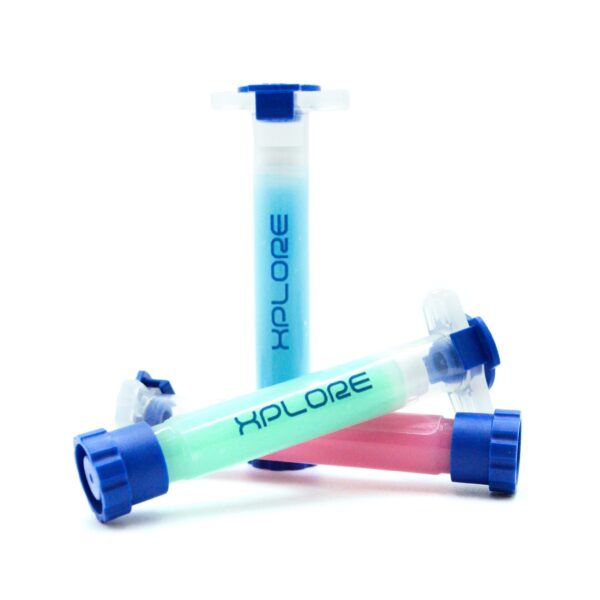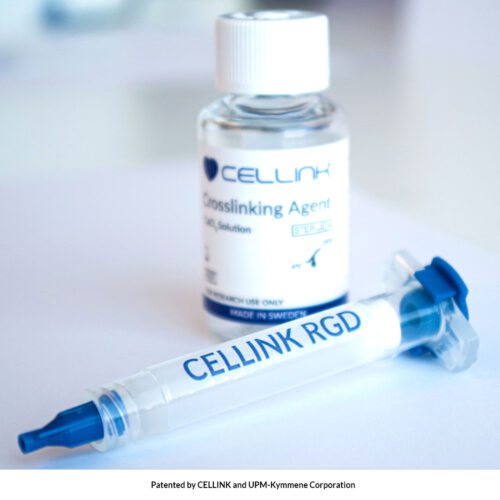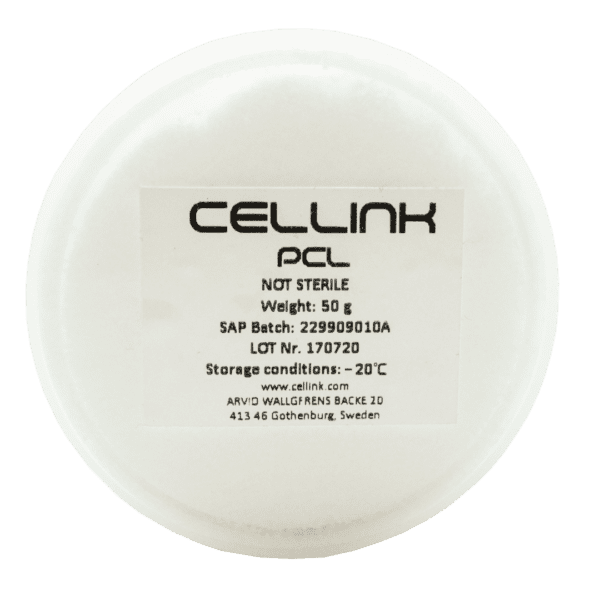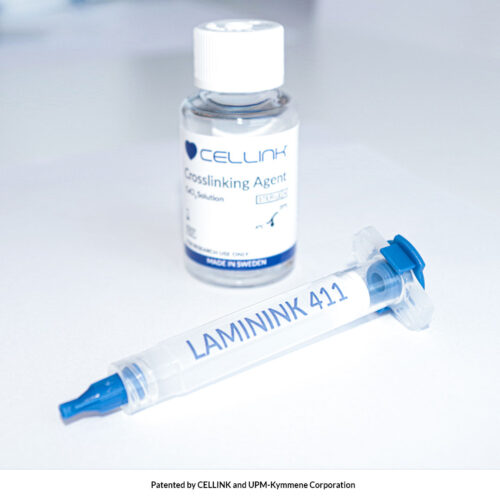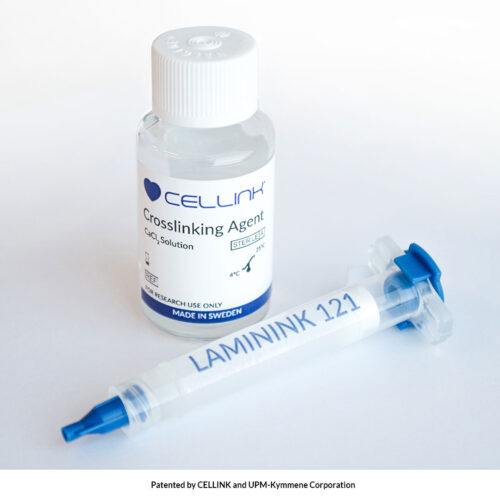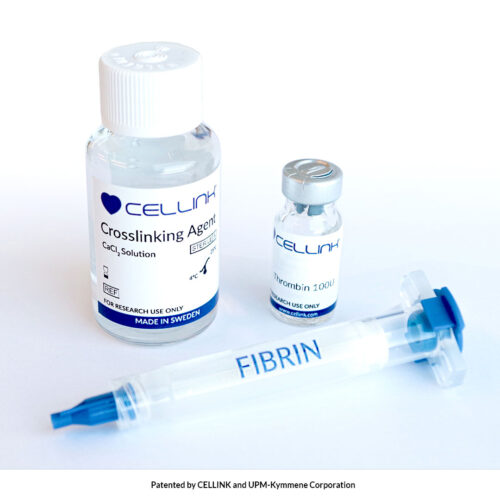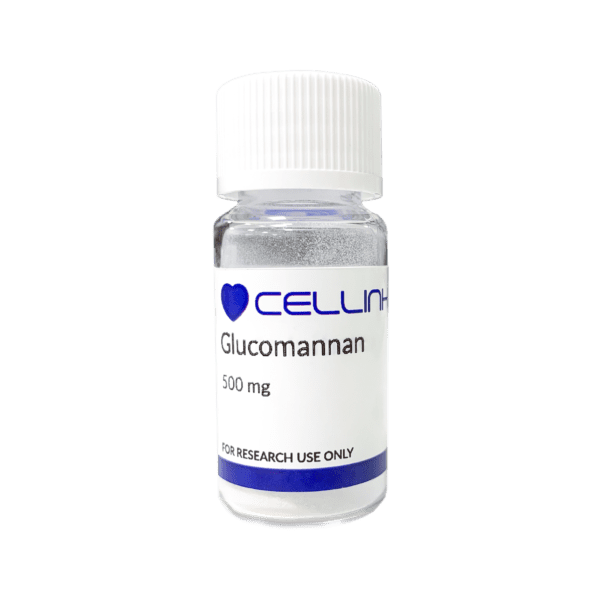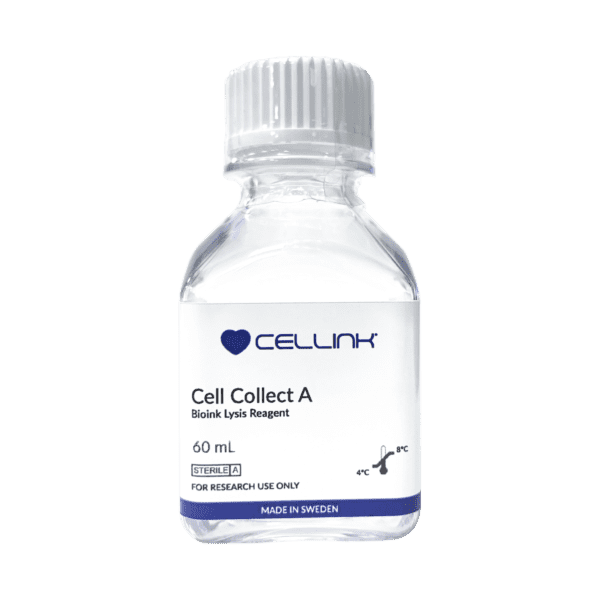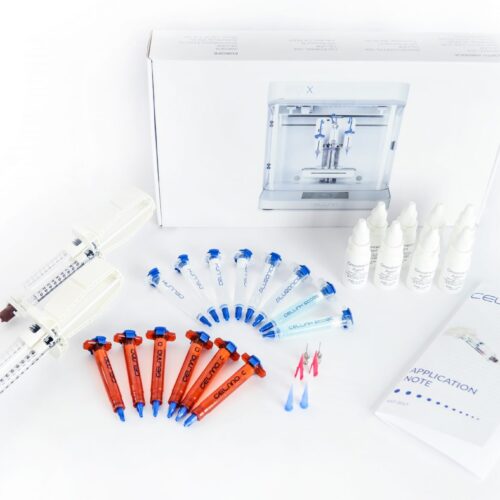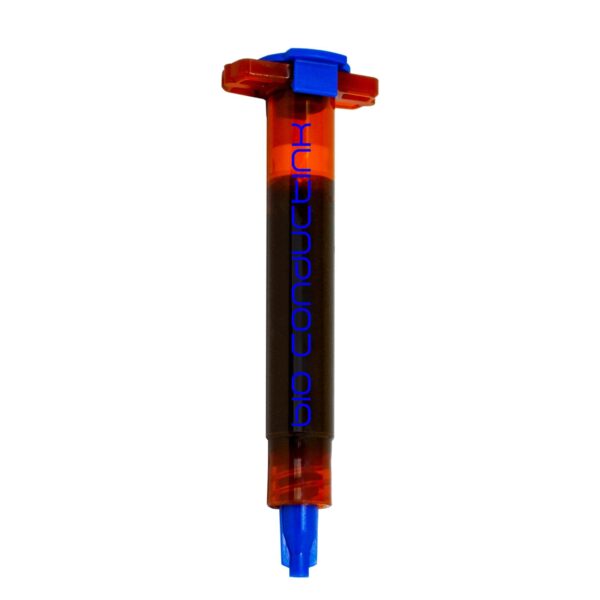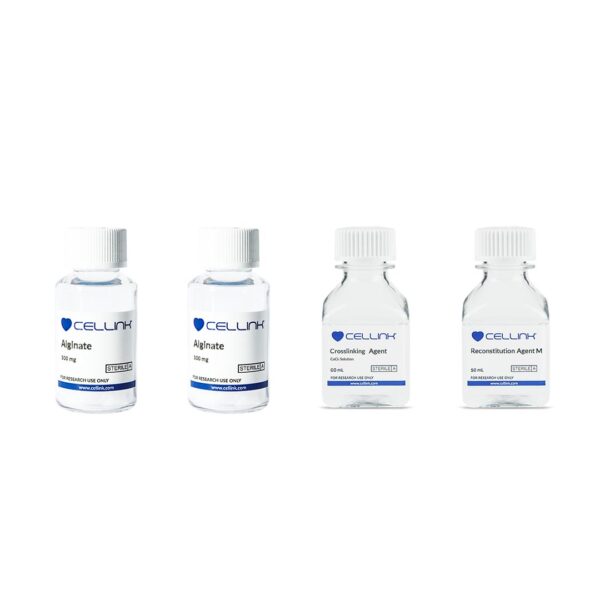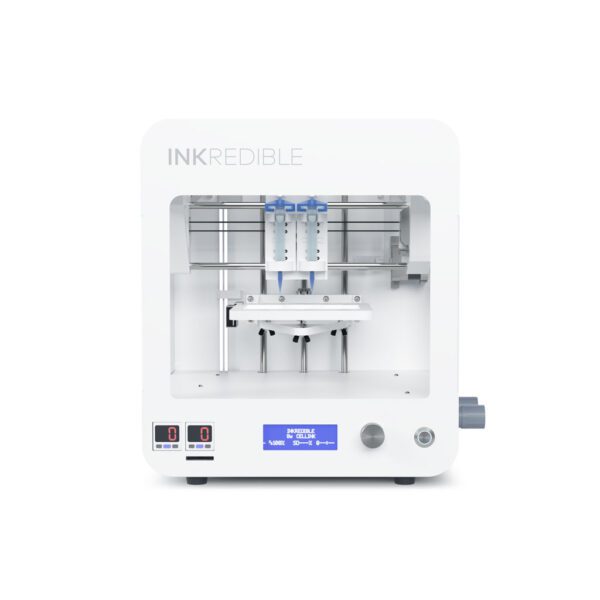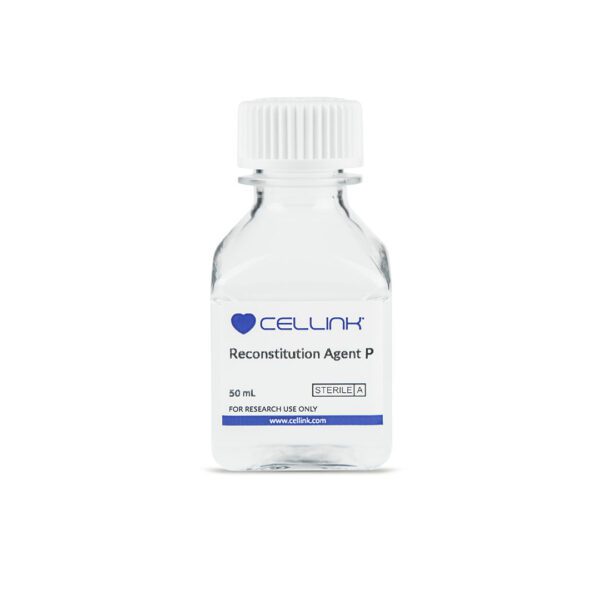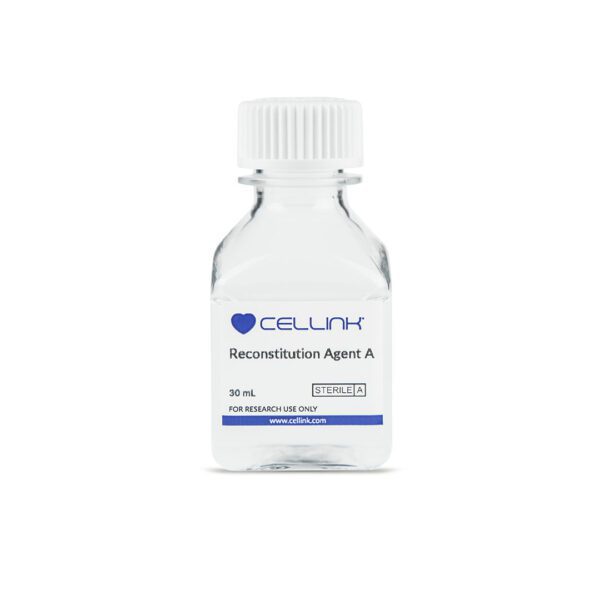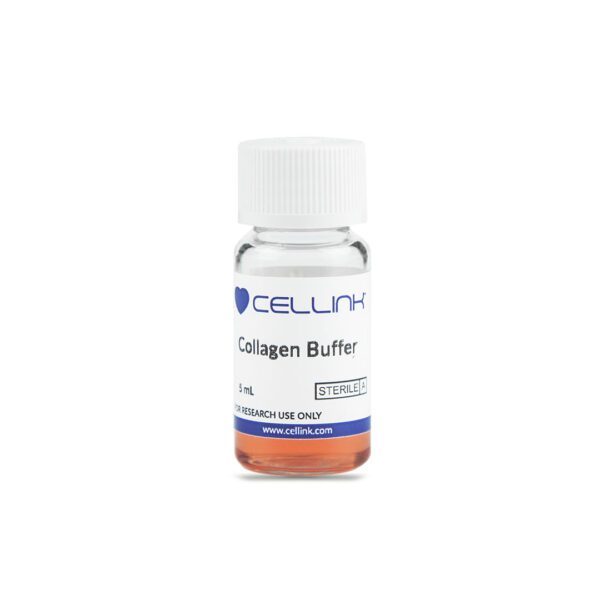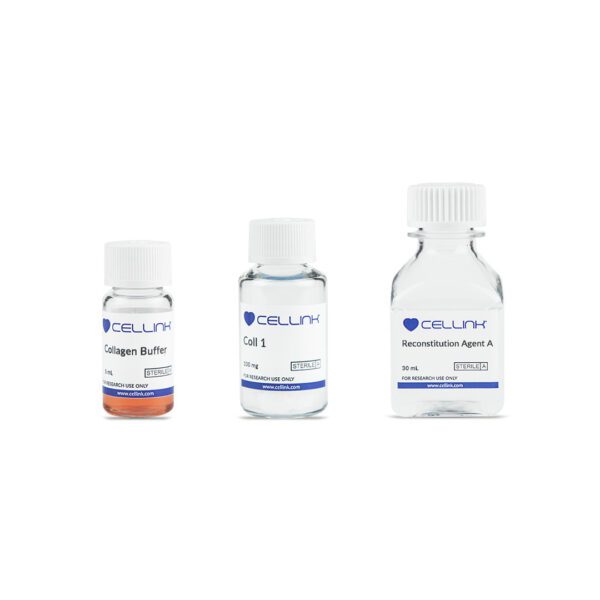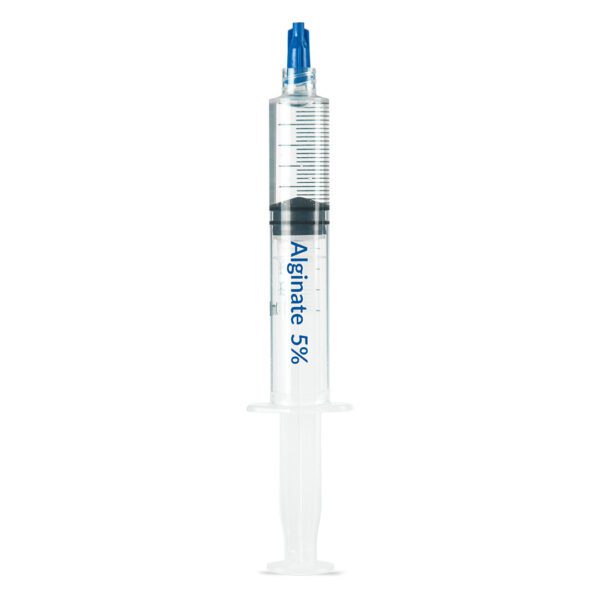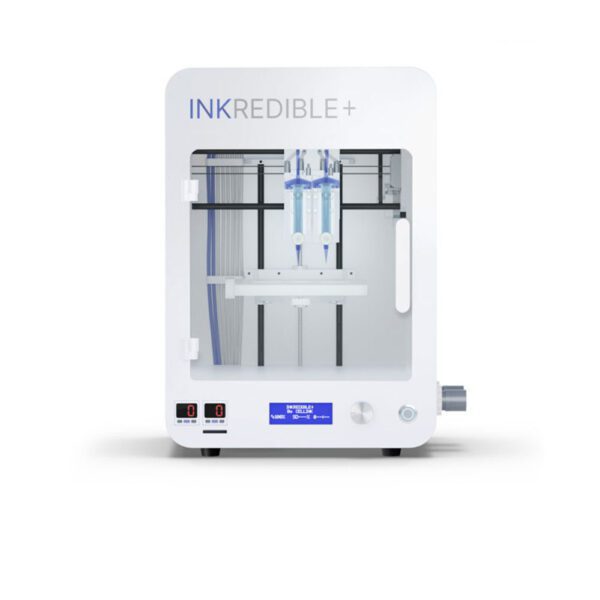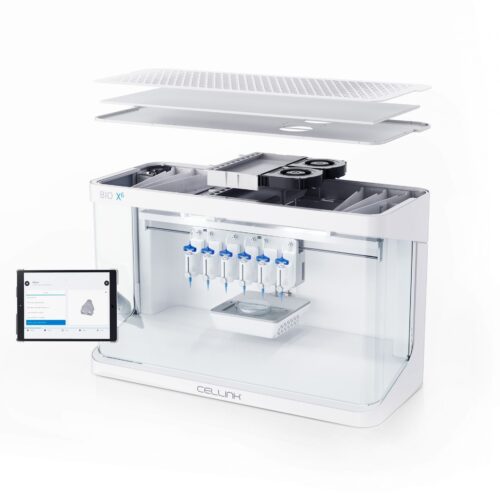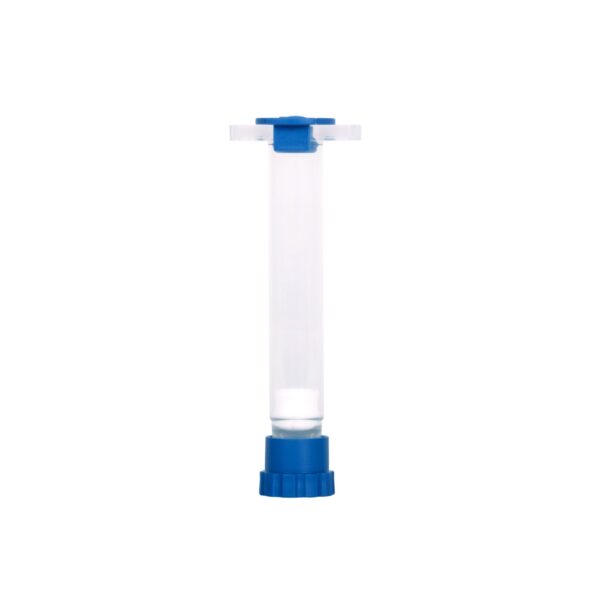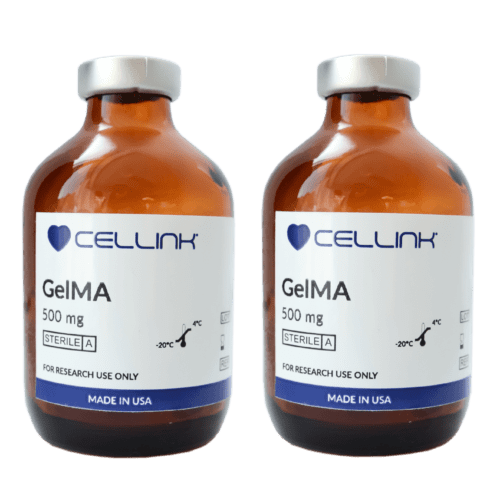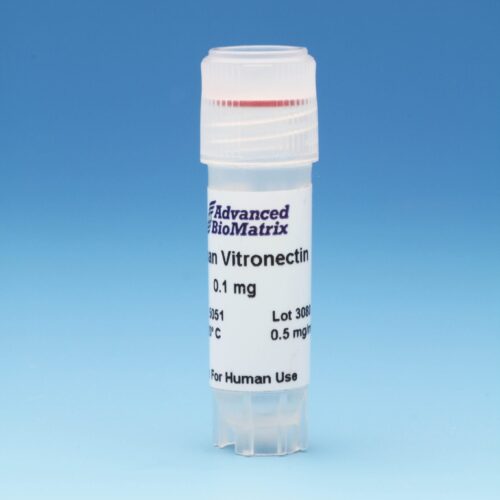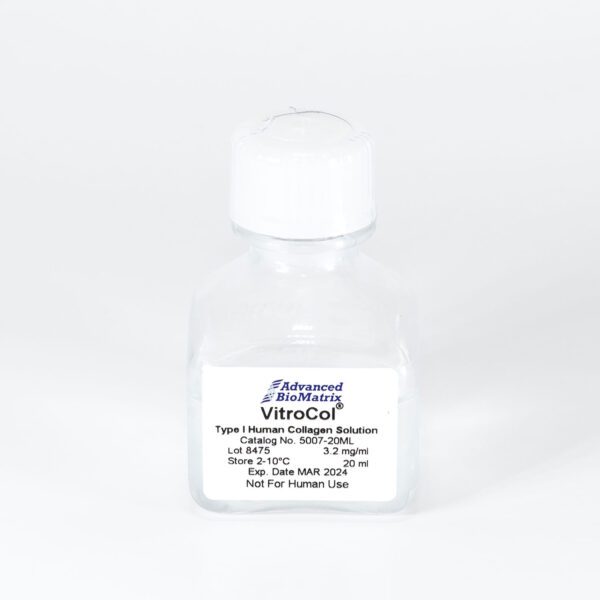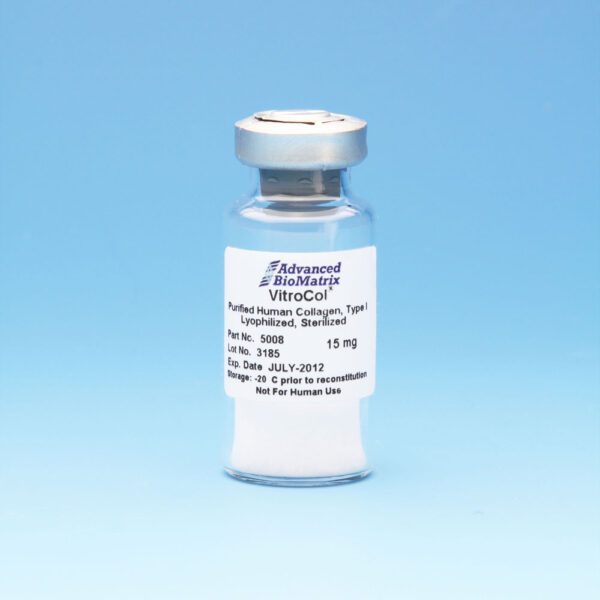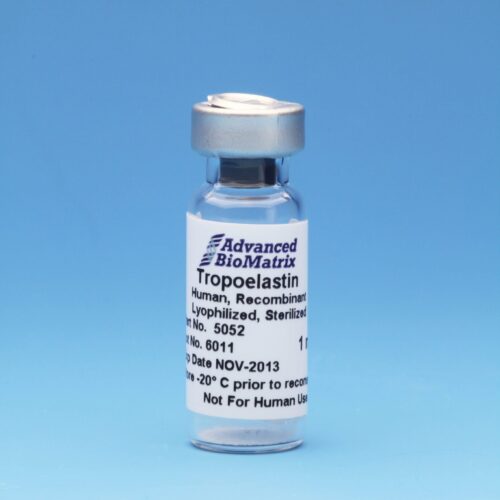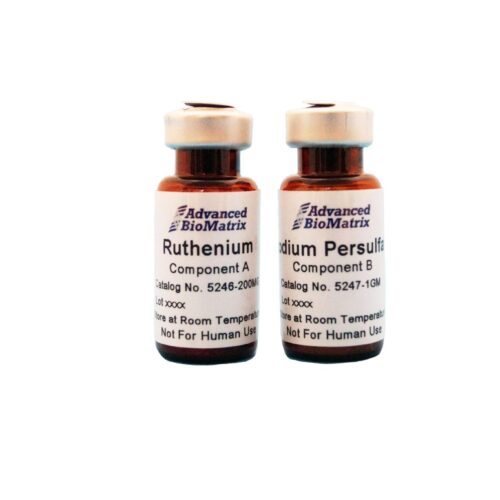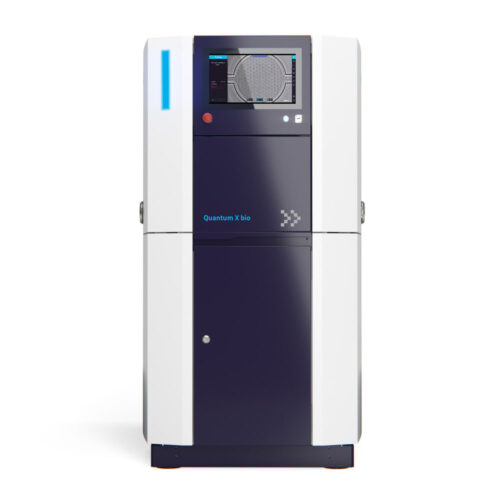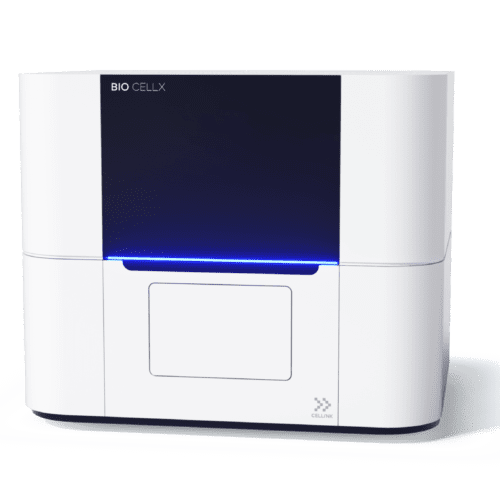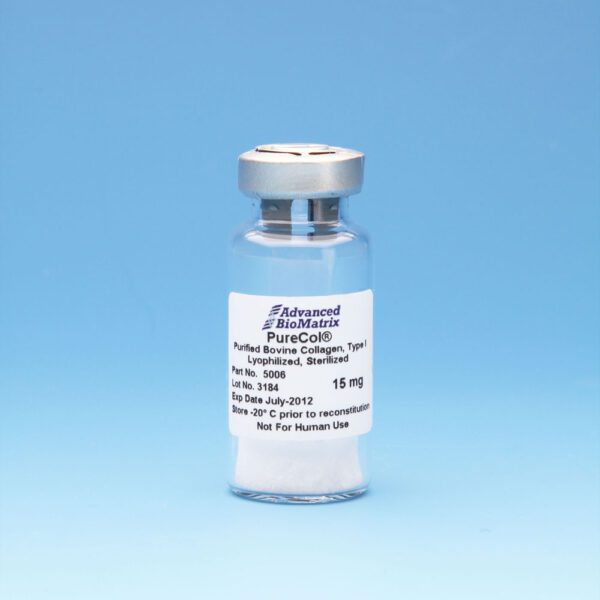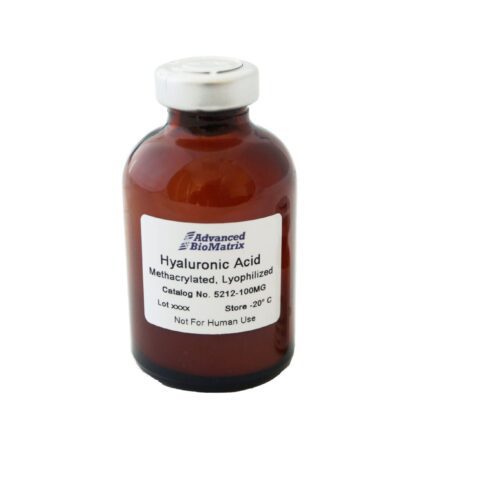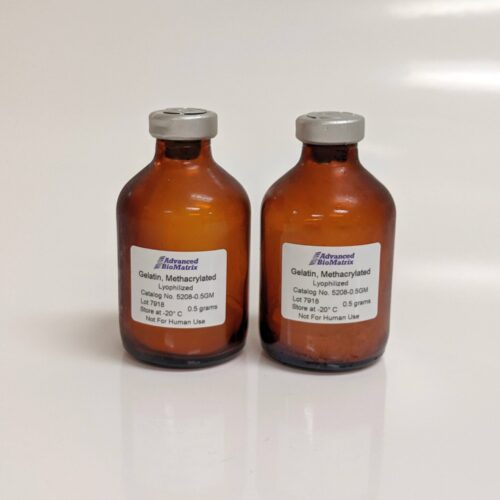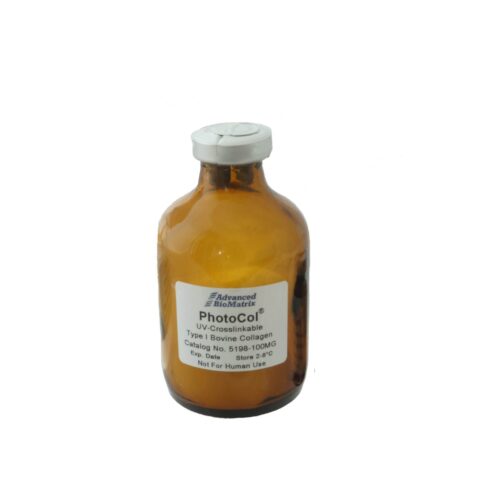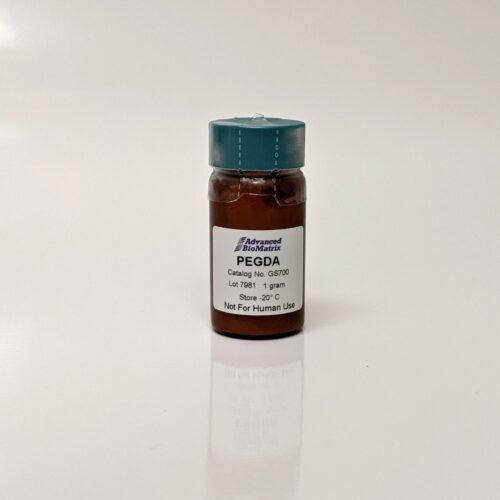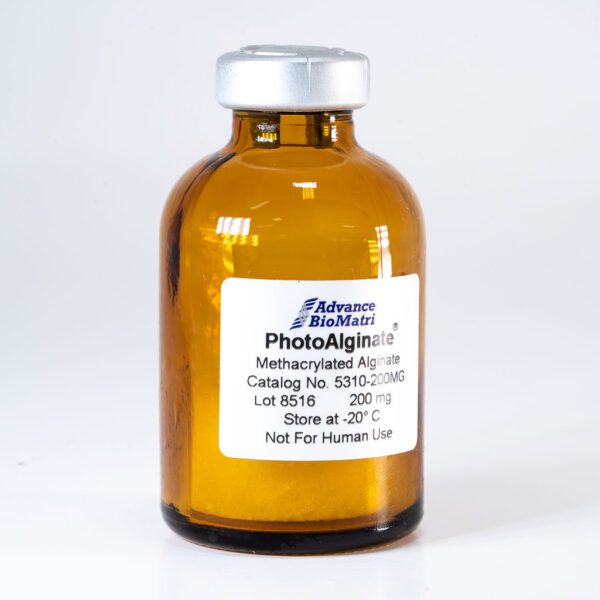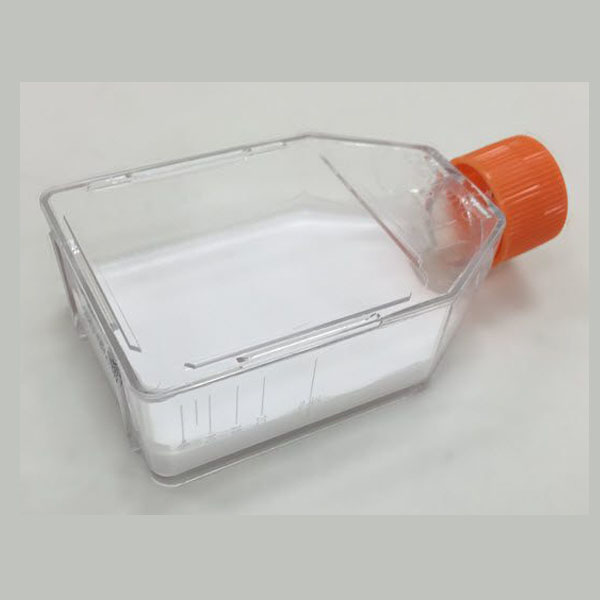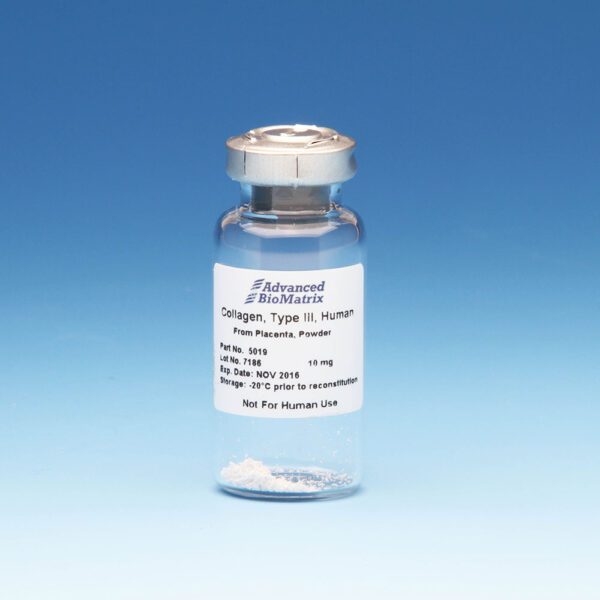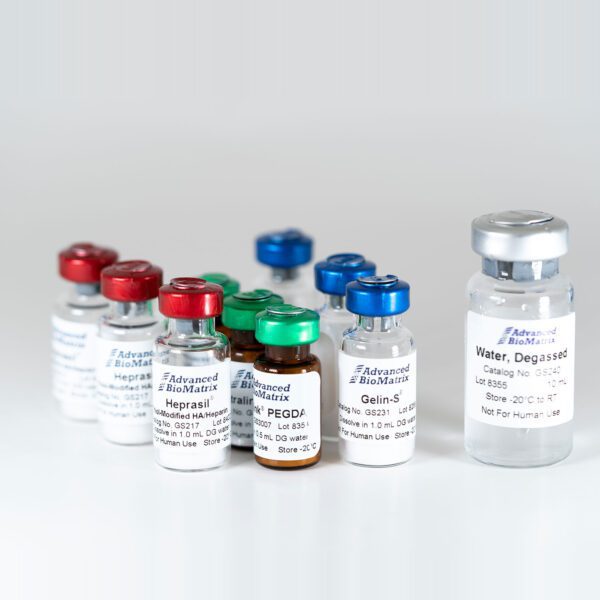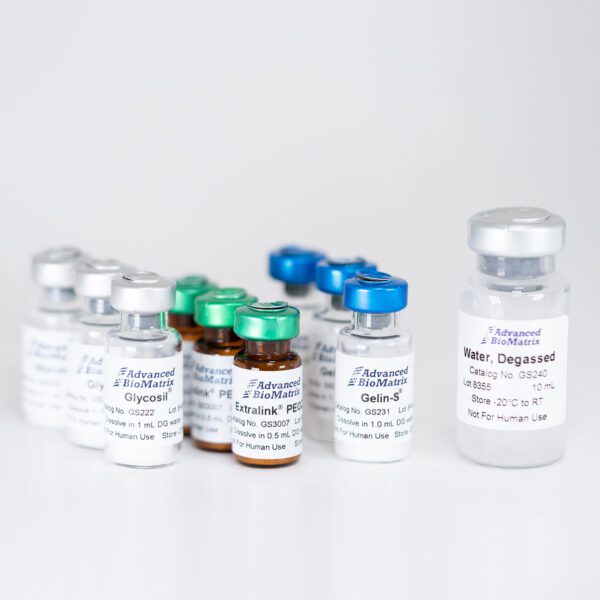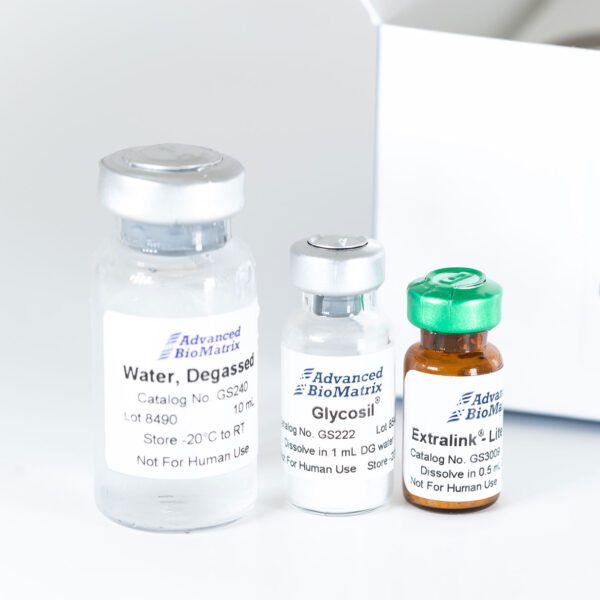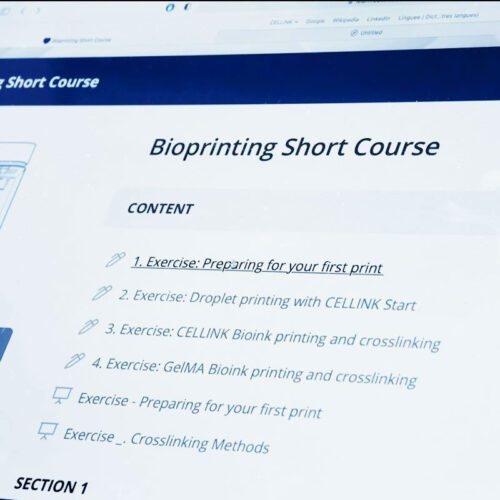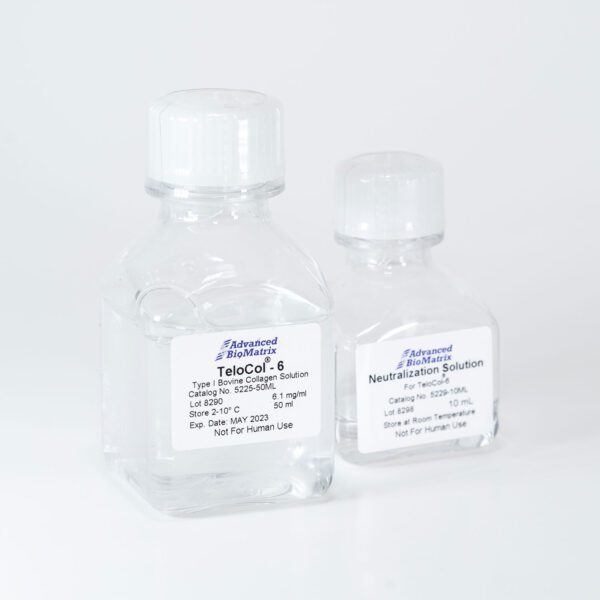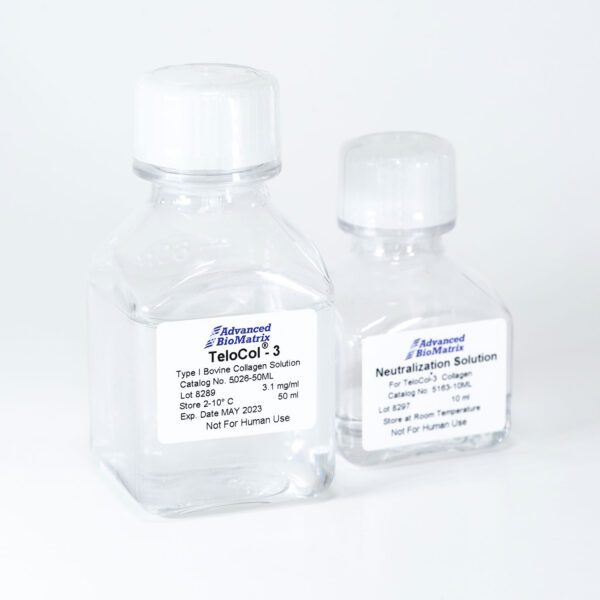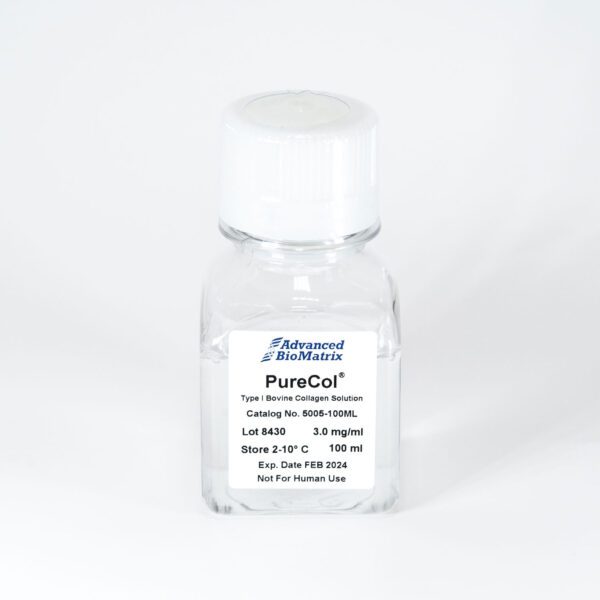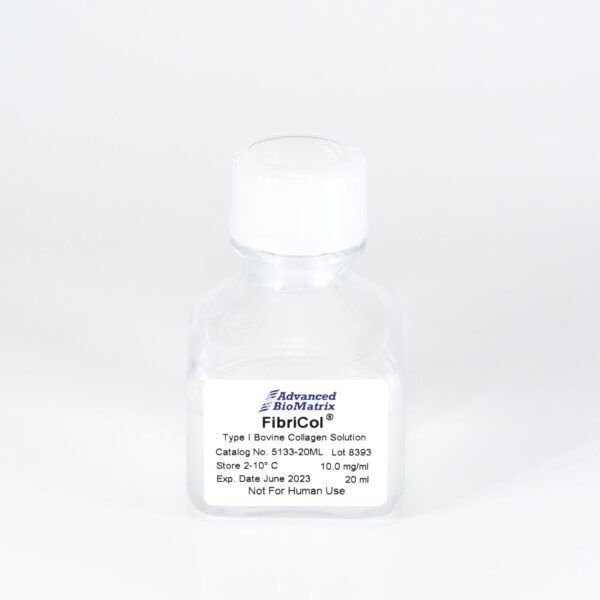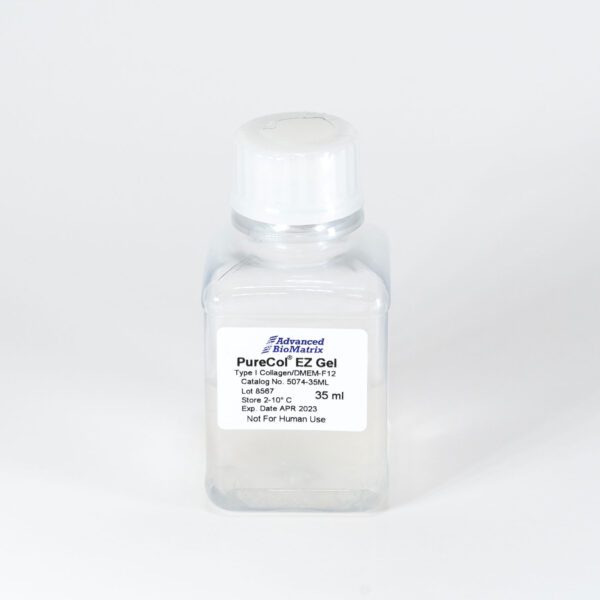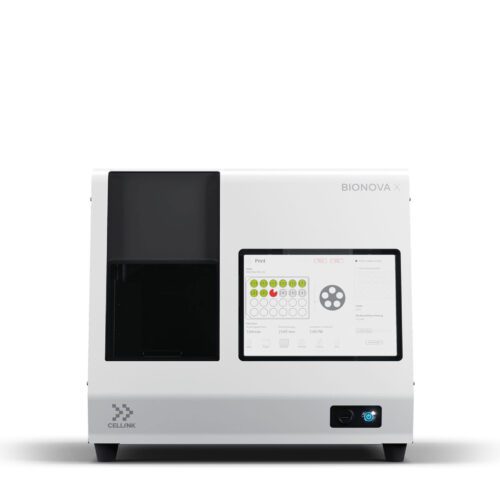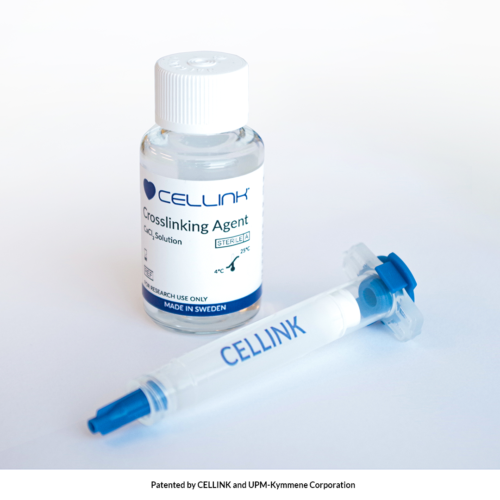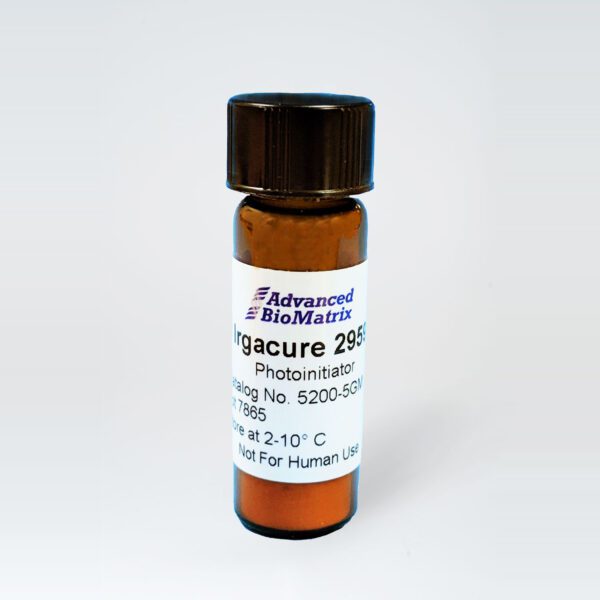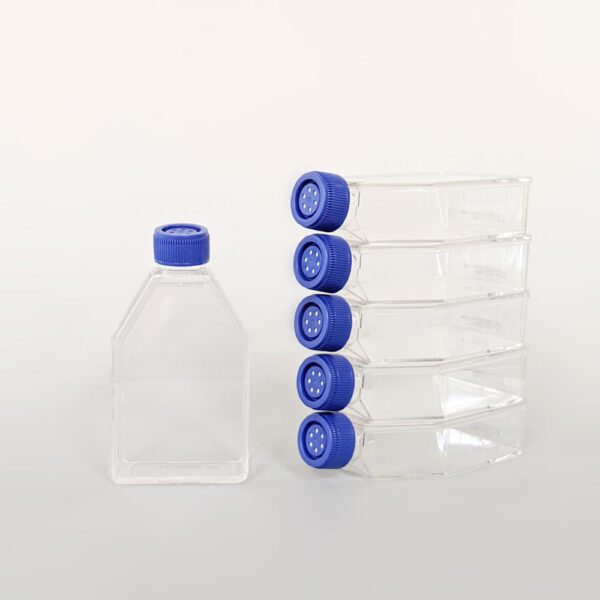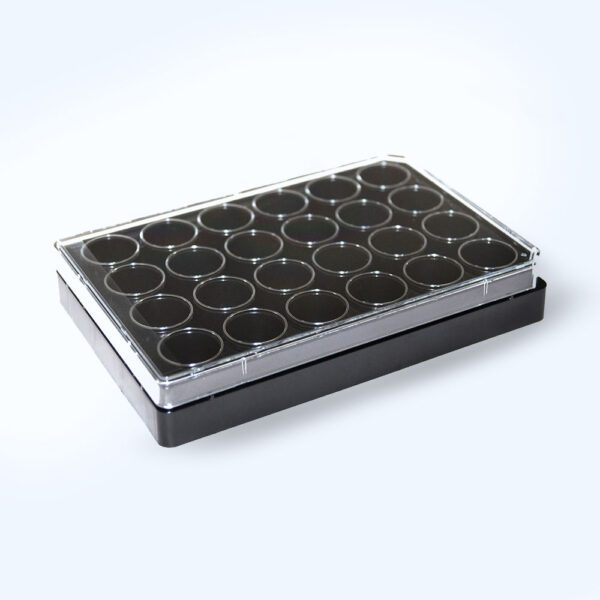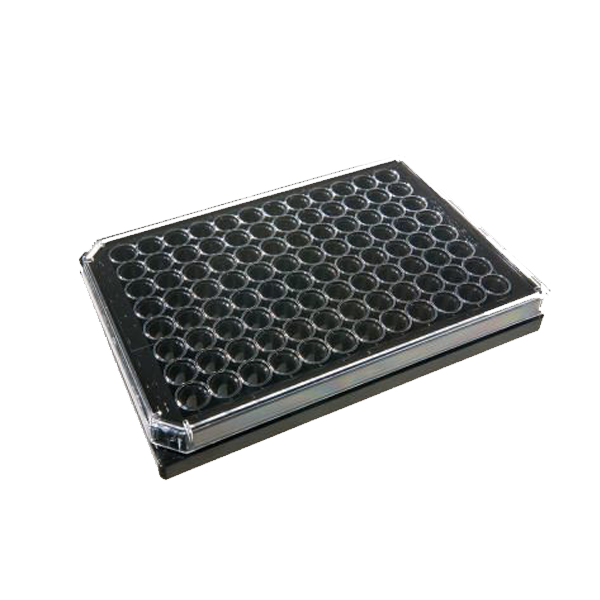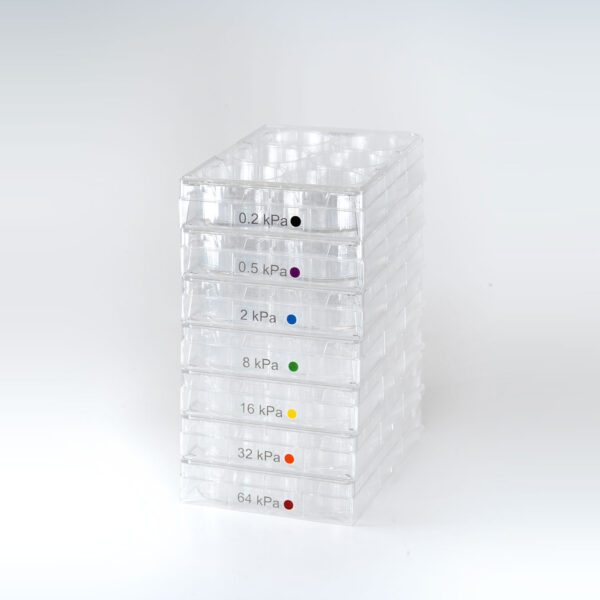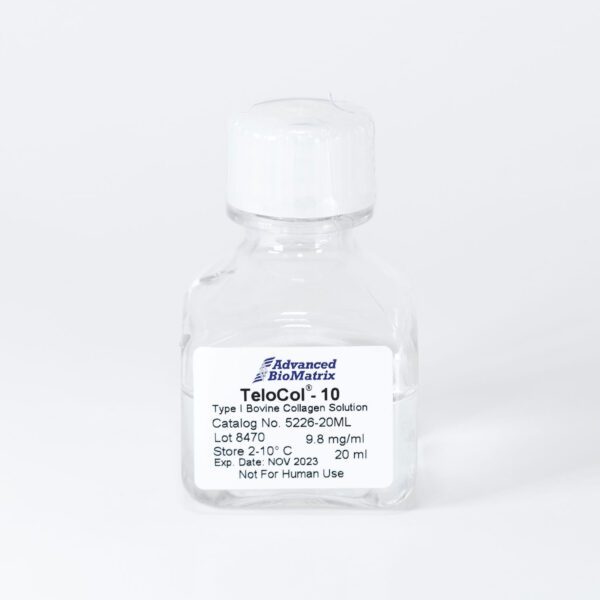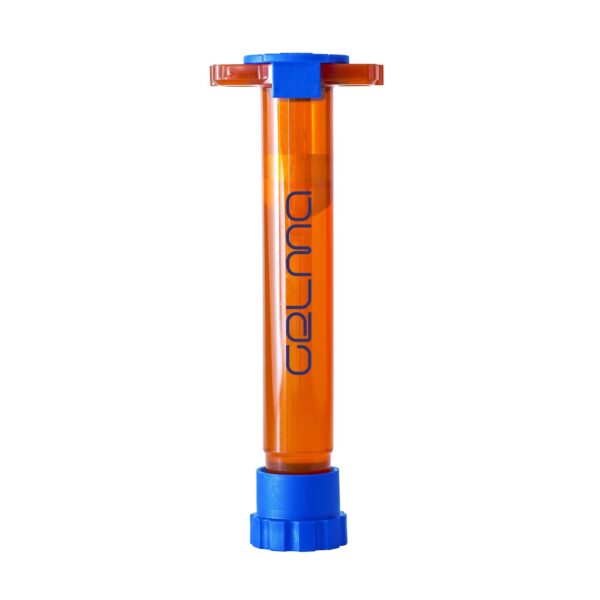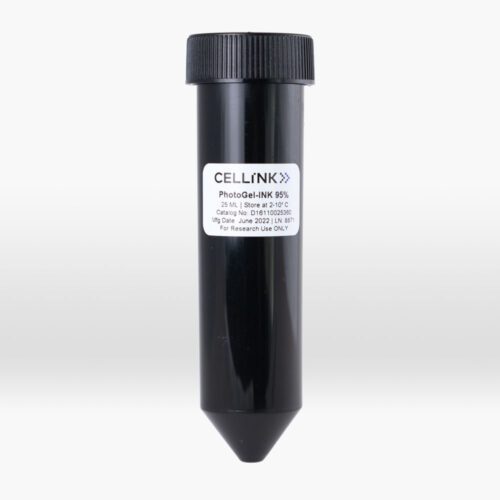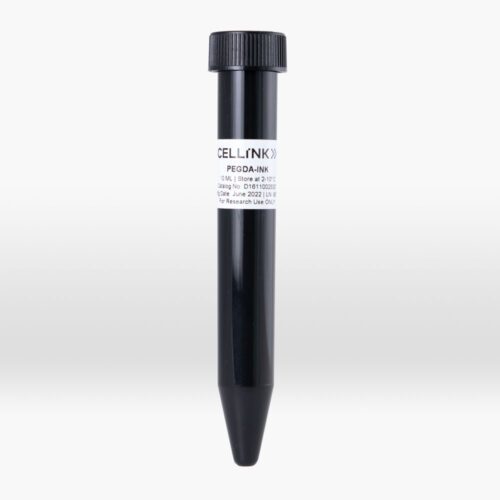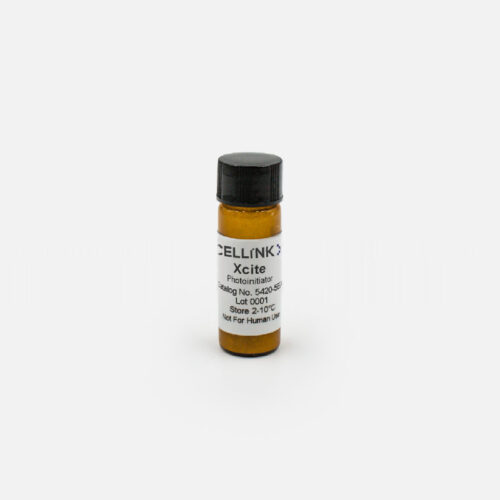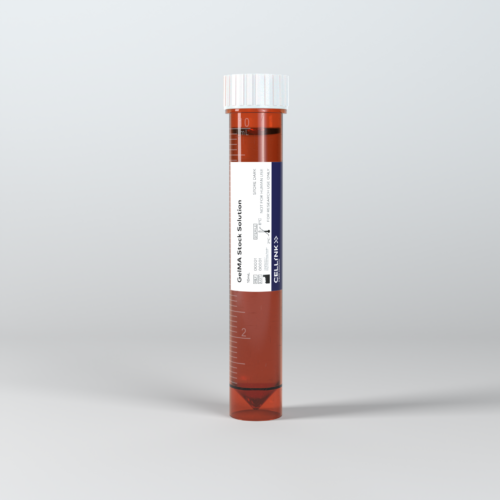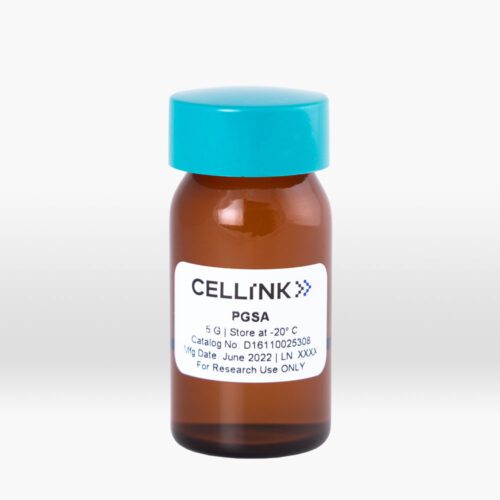Challenge:
Worldwide, breast cancer claims the lives of many people, and FDA-approved synthetic medications used to treat it can have a number of negative side effects
Software used:
BIOVIA Discovery Studio
Benefits:
- Precise and systematic profiling of phytoconstituents
- User-friendly workflow for the preparation of ligands and receptor
- Easy algorithm for docking multiple compounds
CHALLENGE: Identification of the therapeutic potential inhibitor of estrogen receptor with drug-likeness without toxicity
The client team led by Dr. Sushil Kumar Middha, Research Coordinator, Department of Biotechnology, mLAC, Bengaluru, India, and his team involving Dr. Usha T (BU, Bengaluru, India), Dr. Dhivya S, (Altem technologies, Bengaluru, India), Dr. Arvind Kumar Goyal (BU, Assam, India), Dr. Dinesh Babu (UA, Cannada, India) used the numerous Discovery Studio modules in their investigation to locate the powerful natural component from Punica granatum, or pomegranate.
Drug discovery is a multifaceted, interdisciplinary endeavor that follows a sequential process that starts with the discovery of a target and lead, is followed by optimization and preclinical studies to define and confirm the potential effect using several predetermined guidelines for launching clinical development, and finally, is followed by the development of the lead and optimization of the studies. This client used the results from GC-MS/MS to identify the most likely lead compounds in the hydromethanolic extract of Punica granatum L. (HMPGL). leaves. compared the NIST library’s and PubChem’s metabolite profiling.
Tamoxifen, a commonly prescribed medication for the treatment of breast cancer, has subpar pharmacokinetic properties. Therefore, their primary goal is to locate the extract’s most potent compound, which is also what gives the extract its biological action. In order to facilitate drug discovery and address the drawback of the standard drug, they also wish to break the pharamokinetics and dynamic barriers of the compounds. In order to capitalize on their findings, they implemented protocols as Prepare Ligand, Prepare Protein, ADMET, TOPKAT, and Receptor-Ligand Interactions.
RESULT: Experimental correlation with the computational study
Since the focus of this study is on breast cancer-related therapeutic target proteins, a list of key biomarkers and prognostic biomarkers (receptor) that were immunohistochemically examined in breast cancer tissue is taken into consideration for the study. Protein preparation tools were used to choose and prepare the X-ray crystallographic structures of biomarkers such as ER(Estrogen receptor)-alpha LBD (PDB ID:3ERD), ER LBD (PDB ID:3OLS), and ERR LBD (PDB ID: 2GPU), in order to guarantee mimic in vivo storage with no missing atoms and completeness of the binding domain.
On the other hand, this customer-first determined phytocompounds by comparing the mass spectra of the constituent parts with the NIST Library. 77 of the 145 compounds examined and, given a score of 3 or 4 for solubility, showed good and optimal solubility. There were 103 compounds in all that showed strong, medium, and low BBB penetration. 109 compounds have human intestinal absorption values between 0 and 1, suggesting good and moderate absorption, respectively (Fig. 1). 96 compounds were not hazardous to liver cells, 125 didn’t inhibit CYPD26, and 50 had a poor affinity for binding to plasma proteins. In male and female rats, the 16 and 47 chemicals, respectively, exhibited no evidence of carcinogenicity. At the TOPKAT screening, 122 substances were not mutagenic. The screened compounds and the standard drug tamoxifen were docked with three different ER structures.

Fig 1: ADMET and TOPKAT screening (Note: F is Female and M is male)
The binding pattern and chemical interactions of nontoxic, natural 4-coumaric acid methyl ester present in HMPGL with good docking score(Fig 2), with the three isoforms of estrogen receptors (ER).

Fig 2: Libdock score of compounds
Additionally, the DPPH free radical scavenging assay revealed that the extract’s IC50 value for its antioxidant activity was 3.12 mg/L, which was comparable to the quercetin reference (3.91 mg/L). This client has found that 4-coumaric acid methyl ester has the strongest binding affinity with breast cancer receptors through the use of computational methods. As a result, they were able to use the discovery studio suite to promptly achieve their goal of developing a more potent therapeutic without toxicity.

Fig 3: 4-coumaric acid methyl ester Docked complexes with estrogen receptor
SOLUTION: DISCOVERY STUDIO bolstered their natural product drug discovery research with experimental correlation
Many people believe that plants are a source of different kinds of bioactive metabolites with a range of medicinal and pharmacological potentials. The use of Punica granatum L. for treating breast cancer by traditional medics is justified by the discovery of the 4-coumaric acid methyl ester and numerous other bioactive metabolites. Their study was expedited by the Discovery Studio Suite workflow. In a summary, their findings offer a promising beginning for the preclinical assessment of 4-coumaric acid methyl ester as a potential breast cancer treatment.
Cite: T. Usha, S.K. Middha, S.Dhivya, B. Dinesh, G.K. Arvind, H.S. Yusufoglu, K.R. Sidhalinghamurthy. Gas chromatography-mass spectrometry metabolic profiling, molecular simulation, and dynamics of diverse phytochemicals of Punica granatum L. leaves against estrogen receptor. Front. Biosci. (Landmark Ed) 2021, 26(9), 423–441.
Acknowledgment
We, the team, thank Dr. Sushil Kumar Middha for sharing one of the research publications a case study.
Publication Date : December, 2022


